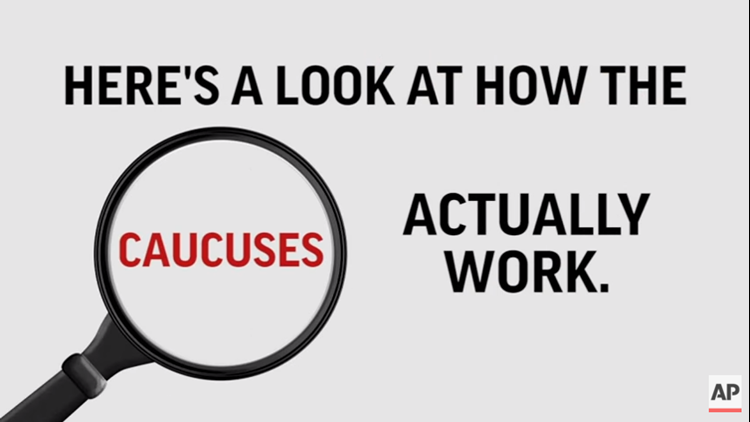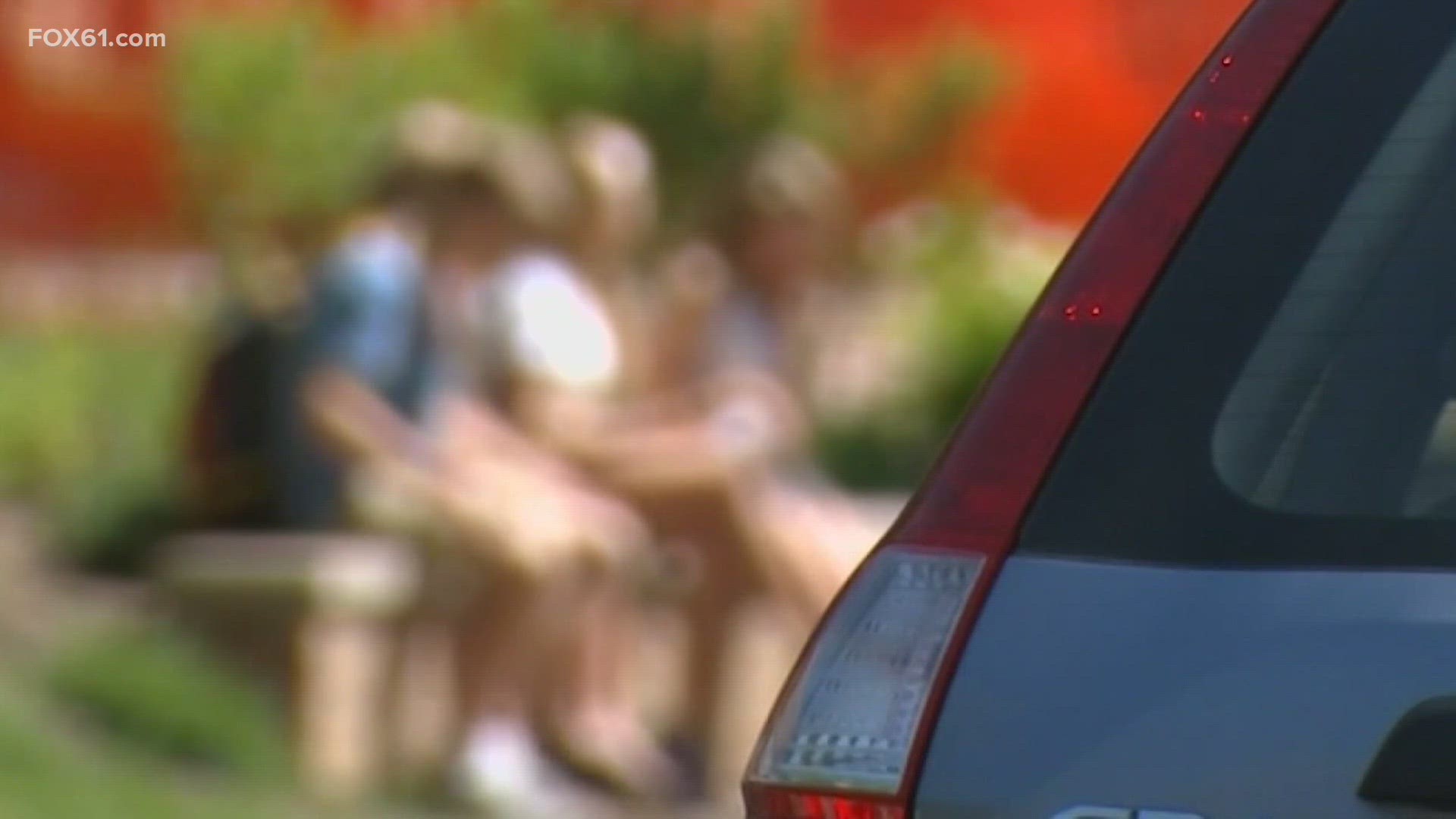DES MOINES, Iowa–The Iowa caucuses are the first step in the election process for president every four years.
Many know that a win has a huge impact on the rest of the primaries. But do you know what caucuses are and how they work?
Here’s how the caucuses work and a little history about the event:
___
HOW IT STARTED
For most of Iowa’s history, activists have gathered in the winter to deal with politics, but no one outside the state paid attention until 1972, when Democrats established their caucuses in January. That made the party’s presidential preference vote the first in the nation, and candidate George McGovern, encouraged by his campaign manager Gary Hart, took advantage by campaigning in Iowa and finishing a stronger-than-expected second place. McGovern’s showing helped propel him to the Democratic nomination, and four years later it did the same for a little-known governor from Georgia, Jimmy Carter.
The Republicans joined Democrats with the early caucus date in 1976. Since then Iowa has drawn more candidate visits and media attention with each campaign.
___
HOW IT WORKS
The Democratic and Republican parties hold their caucuses at the same time — this year starting at 7 p.m. CST on Feb. 1 — at spots in all of Iowa’s 99 counties. Caucuses are held in each of the state’s 1,681 precincts, but the number of meeting sites is smaller because some precincts share buildings. Democrats will meet at about 1,100 spots and Republicans will gather at nearly 900. Voters from some small precincts meet in homes, but most join in schools, veterans’ halls and other large venues.
The parties hold their caucuses simultaneously, but they operate differently.
___
FOR DEMOCRATS
When Democrats attend a caucus, they break into groups that publicly declare their support for a candidate. If the number of people in any group is fewer than 15 percent of the total, they can either choose not to participate or can join another candidate group. That leads to some intense wooing and sometimes confusion as candidate representatives try to persuade others to join them and prevent their supporters from switching to another top candidate.
The results are the first step in determining delegates who are expected to support candidates at the national convention. A total of 44 delegates to the national convention are at stake. They will be awarded proportionally, based on the statewide vote as well as on the vote in individual congressional districts, to candidates who get at least 15 percent of the vote.
___
FOR REPUBLICANS
For Republicans, it’s a much simpler matter of giving supporters of each candidate a chance to give a brief speech, then privately marking ballots. The ballots are counted, then communicated by a local caucus organizer to the state party using a new smartphone app developed for both parties. A total of 30 delegates to the party’s national convention are at stake. They will be awarded proportionally, based on the statewide vote.
___
WINNING ISN’T EVERYTHING
All the candidates hope to win the caucuses, giving them a boost of attention as they shift focus to the New Hampshire primary eight days later. But more than a win, the goal is to exceed expectations. Even if a candidate finishes second or third, he or she can claim a victory by noting they finished near the top and received more support than expected.
It’s worth noting that a win in Iowa doesn’t necessarily translate into a party nomination. In fact, the last time the ultimate Republican nominee won a contested caucus was 2000, when George W. Bush finished first. The winner of the Democratic caucus has fared better. In the last three contested Democratic nomination races, the Iowa winner became the nominee.
___
The New Hampshire primary is the next race after Iowa, and will be held this year on February 9.



